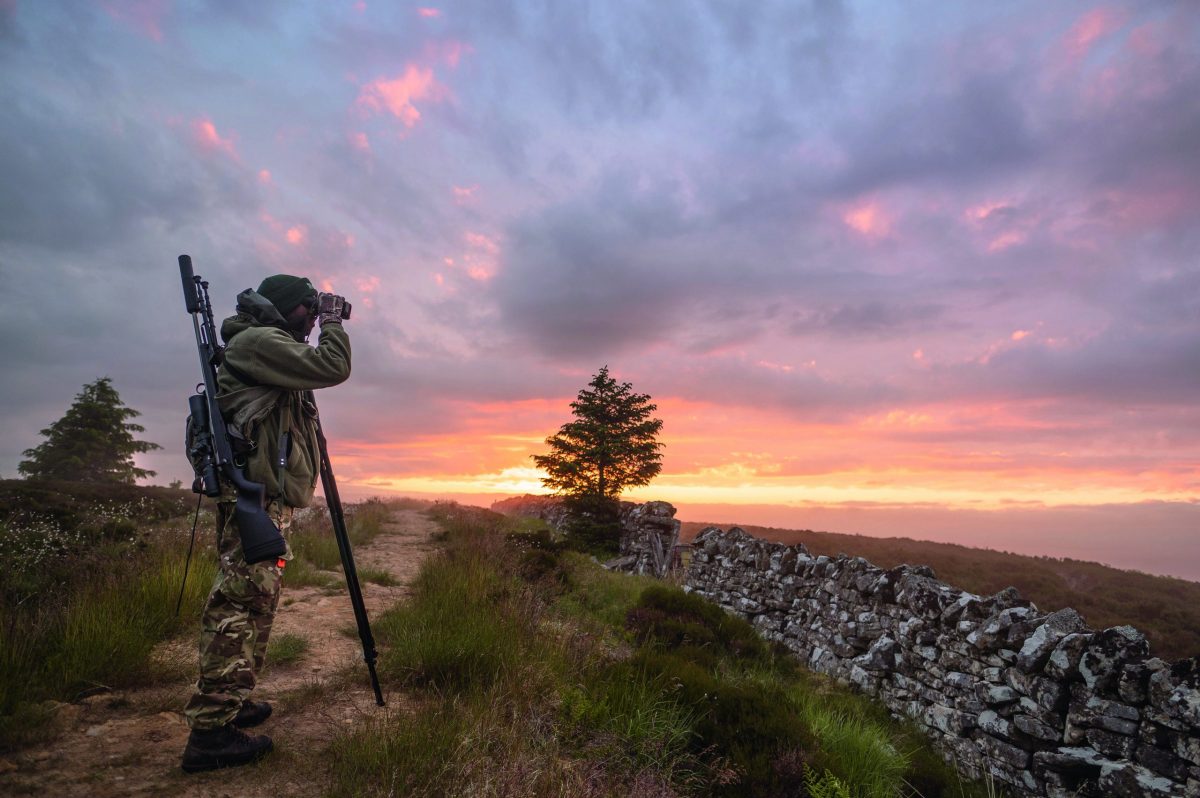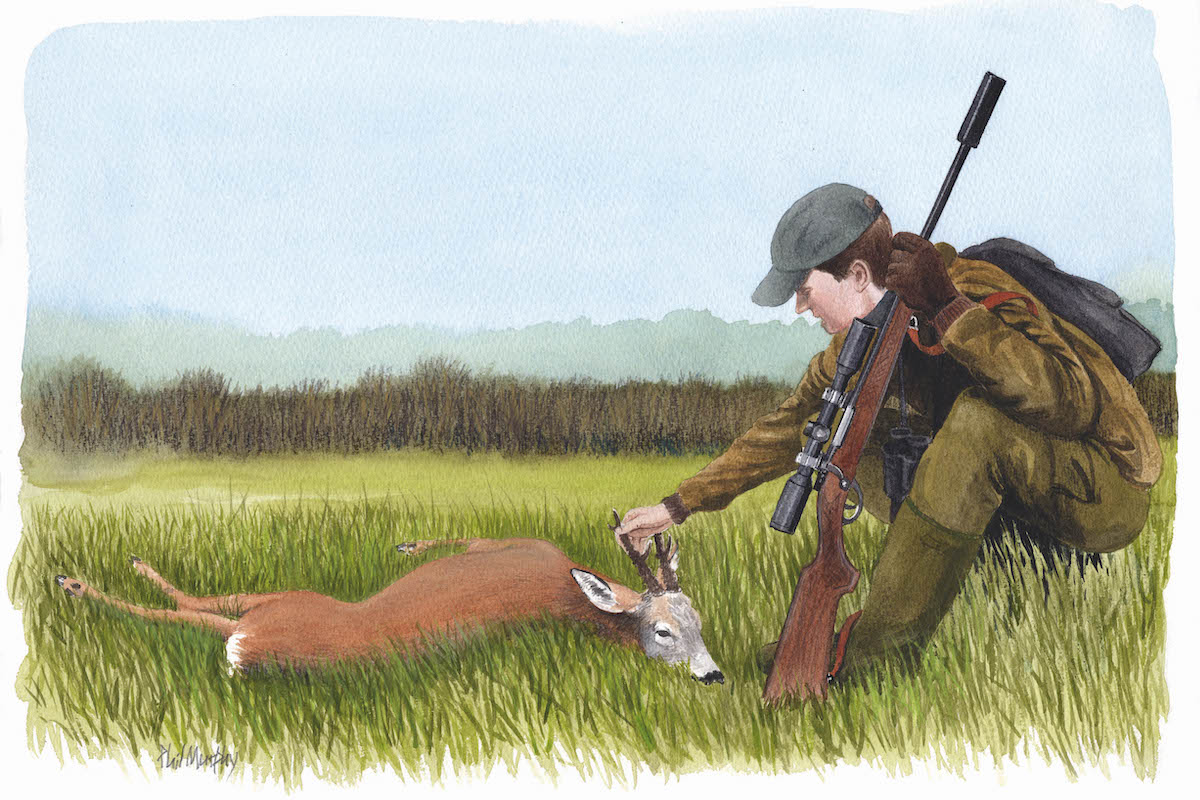Riflescopes and kit envy
Is bigger and more complex always better when it comes to modern riflescopes for stalking? Kit envy would certainly have you think so, says Alasdair Mitchell

I recently felt the need to get a new riflescope. The definition of ‘need’ is, of course, subjective. But you know what I mean. In the midst of a cost-of-living crisis, did I really ‘need’ a new scope, given that my old one still functions perfectly? It’s matter of priorities. As WC Fields said: “I spent half my money on gambling, alcohol and wild women. The other half I wasted.” (Read more on riflescopes here.)
The scope I have used on my main deer rifle is a 6×42 fixed-power American Leupold. It must be about 20 years old. I’ve used it everywhere: in the African bushveld, for woodland stalking in the UK and Hungary, as well as among the barren hills of the Scottish Highlands. It has withstood high humidity and scorching heat, hours of lashing rain, as well as glazing ice, snow and temperatures as low as -20°C. It has never let me down. So why, given its exemplary service, am I looking to retire it?
Well, because when it comes to kit, you could say that I am a dedicated follower of fashion. In my case, this means I am usually a couple of decades behind the curve. Recently, I have suffered from scope envy. I noticed that all my shooting friends seem to have rifles festooned with huge, incredibly expensive scopes boasting ballistic turrets and other gizmos. Surely I must be missing out? I had a nagging feeling that I needed (there’s that word again) an illuminated reticle and variable magnification, at the very least. (Read the best kit for winter stalking.)
Fixed-power scopes
There’s nowt wrong with fixed-power scopes. For decades, many regarded the Schmidt & Bender 6×42 as the benchmark. Today, however, I see that it is only available by request. Its bigger brother, the 8×56, hangs on in mainstream production, but virtually all of Schmidt & Bender’s output is now variable-power scopes — and they are among the world’s finest. As far as I know, only one new fixed-power scope has come on to the European market in recent years — a 7.5×50 by German Precision Optics.
Traditionally, the number of internal lenses entailed by variable power tended to make scopes heavier and reduced light transmission. Yet modern glass multi-coating is so good that any optical disadvantage has been subsumed. The tube diameter has crept up from 1in (25.4mm) to 30mm or even 34mm, but scopes are now mostly made of aluminium, rather than steel.
Lightweight rifle
I favour a lightweight rifle and the last thing I want is to destroy its balance by clamping a giant optic on top of it. Besides, just how much magnification do I actually use in the field? I seldom shoot at deer beyond 250 yards. And it’s not as though I spend my weekends vaporising prairie dogs at extreme range in South Dakota. As for the objective lens diameter, I don’t stalk at night and I want a scope that sits low, so I can keep my head down.
I chose a Kahles 4-12×44 with an illuminated four-dot reticle. The Austrians, like the Germans, know how to build really good hunting optics. As for my faithful old Leupold, it now sits in a place of honour in the gunroom. It is a symbol of a more straightforward approach to hunting.








